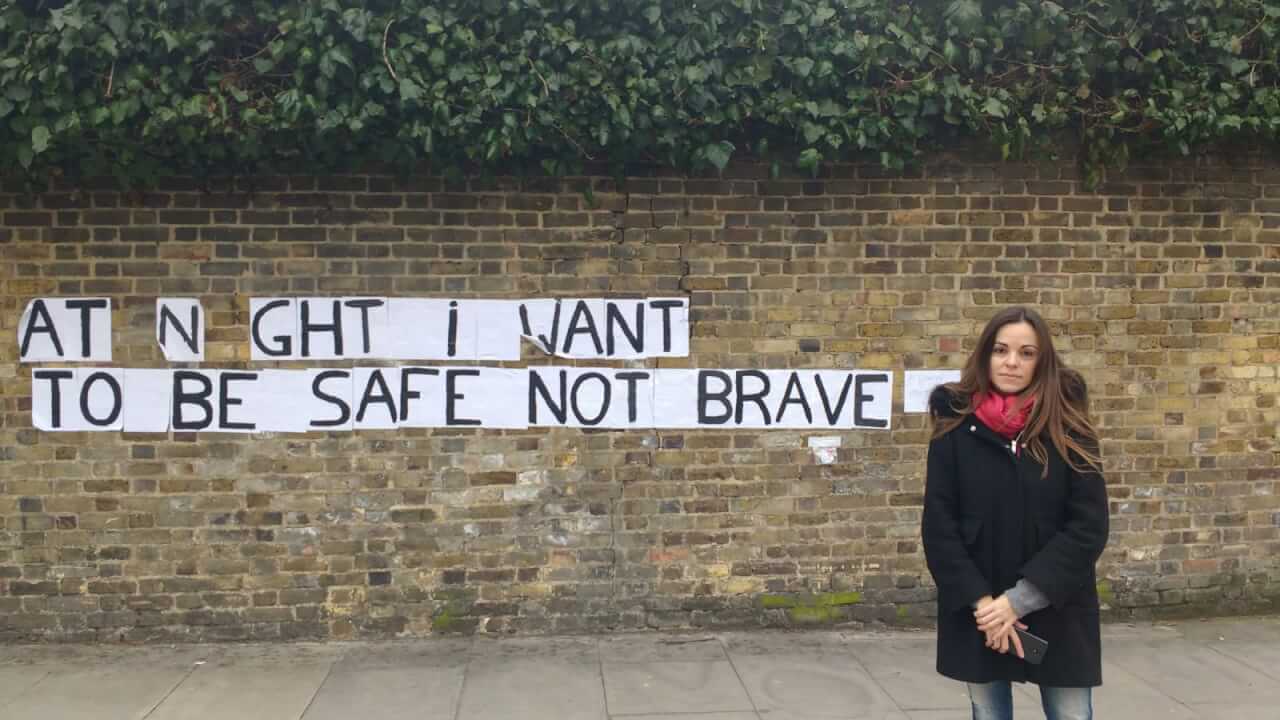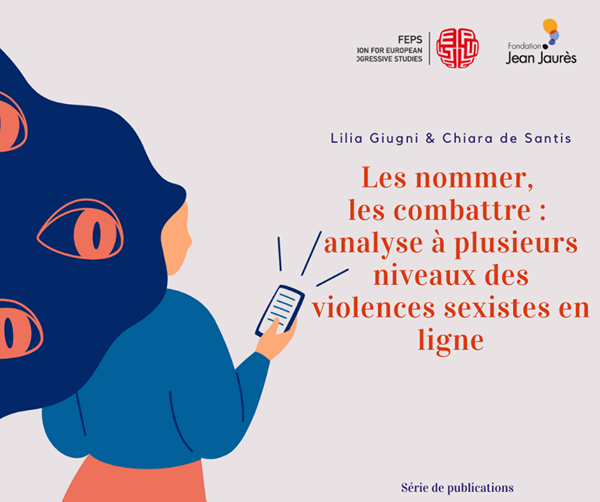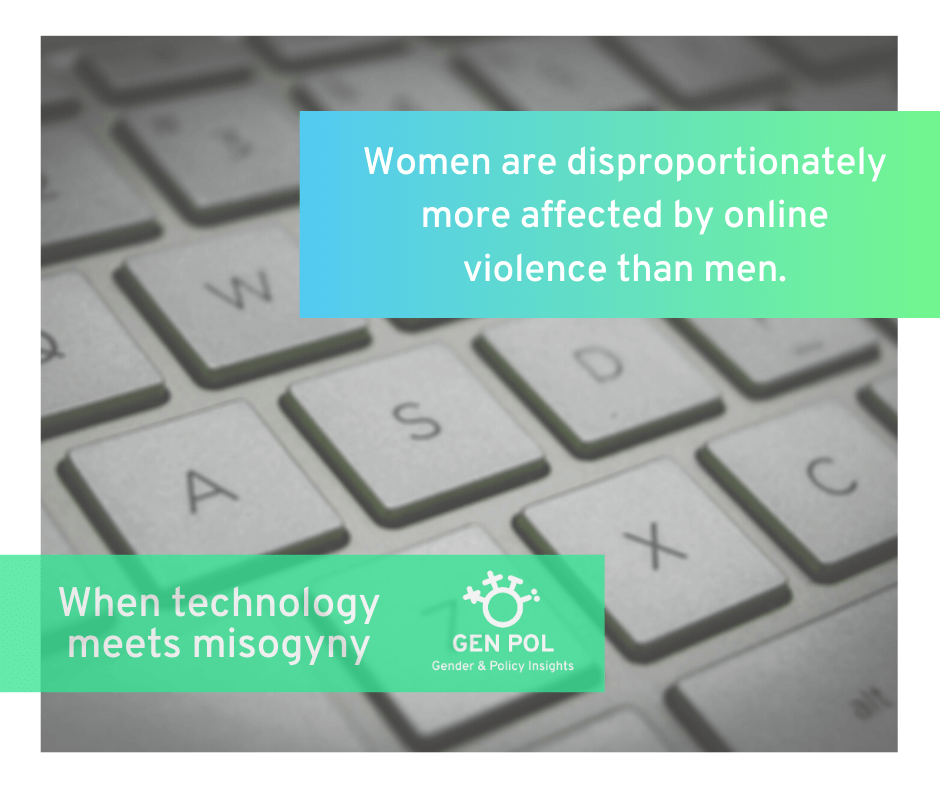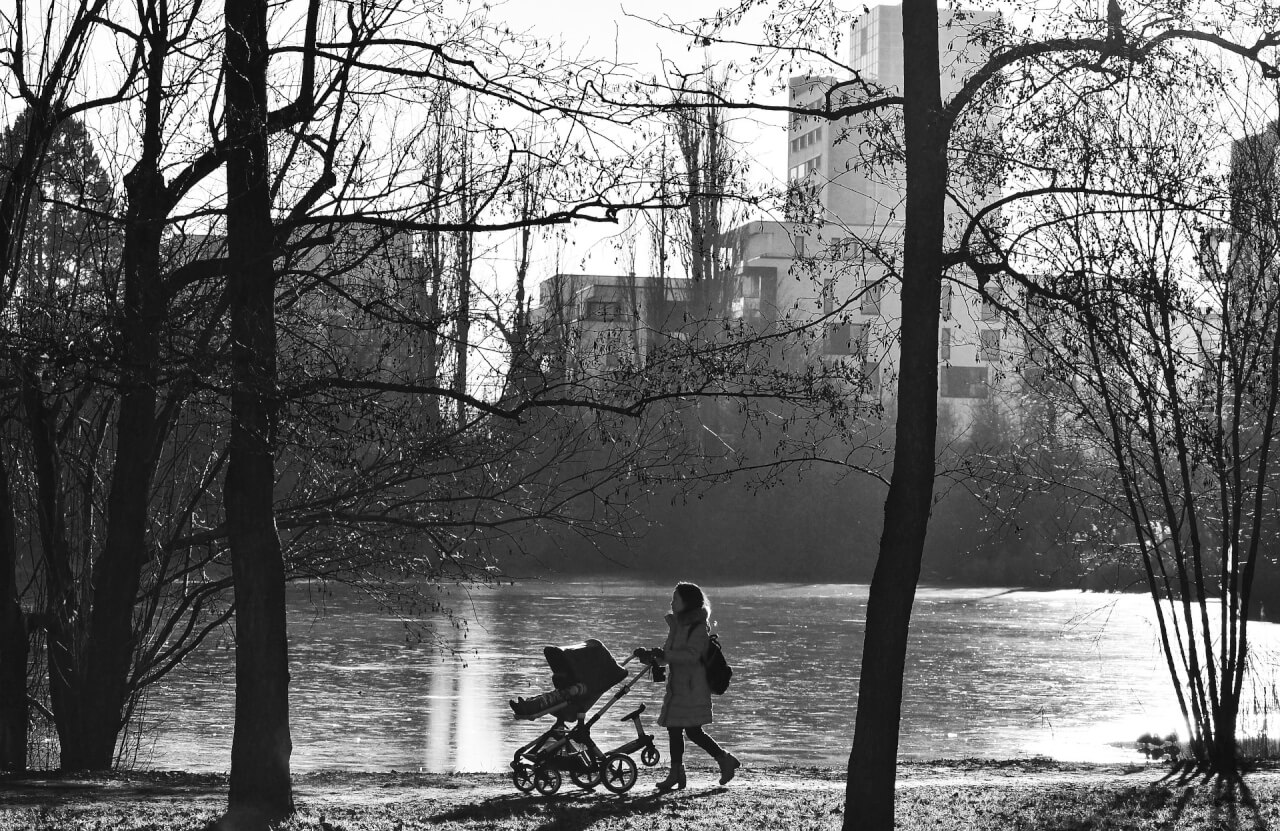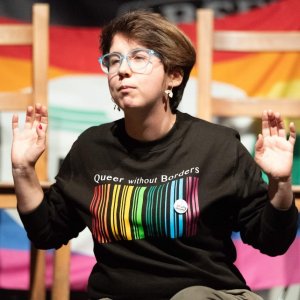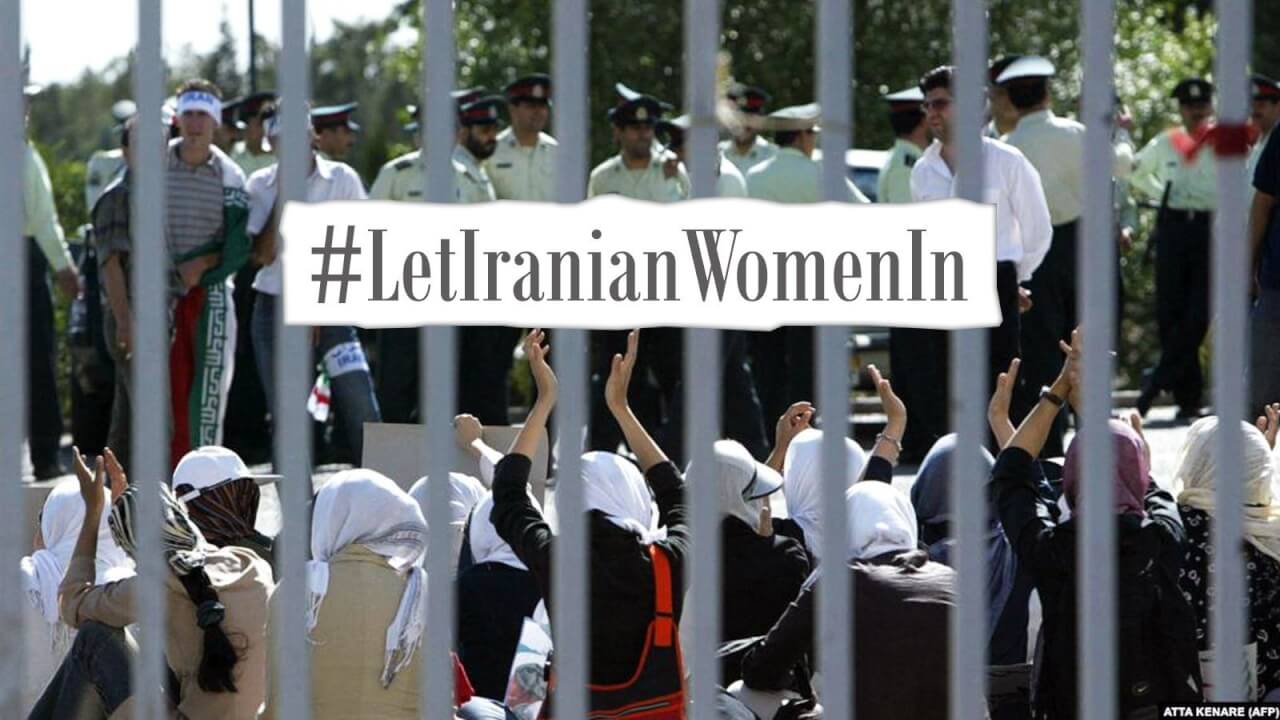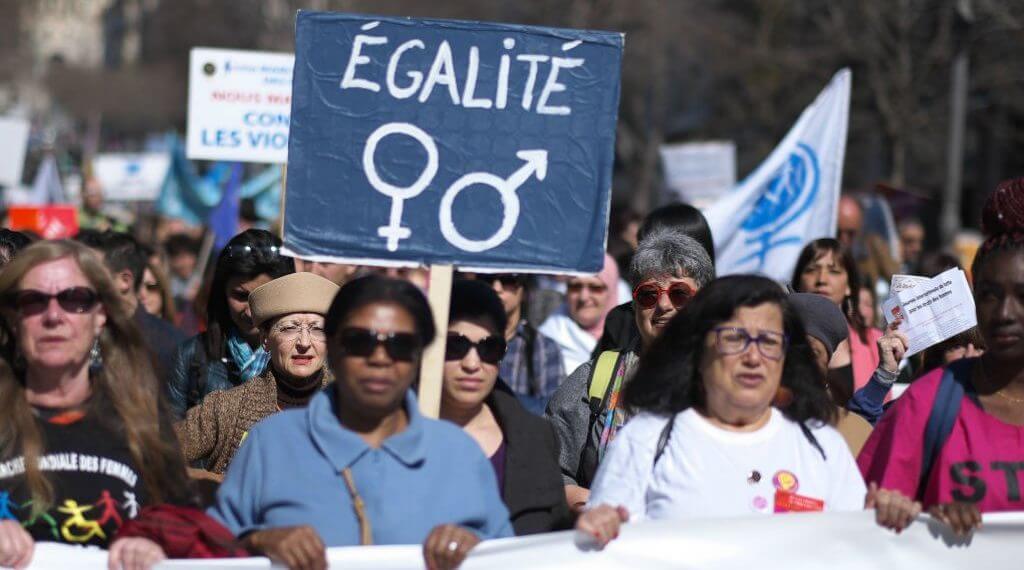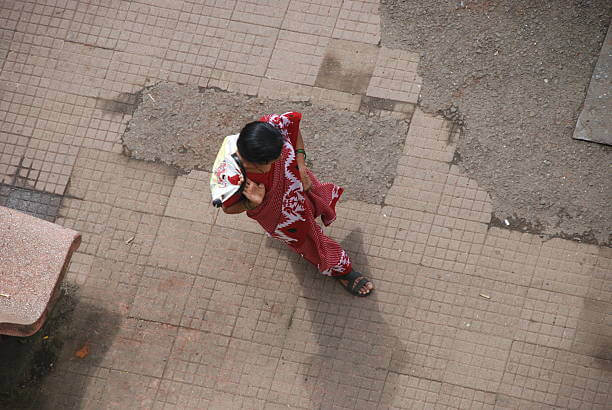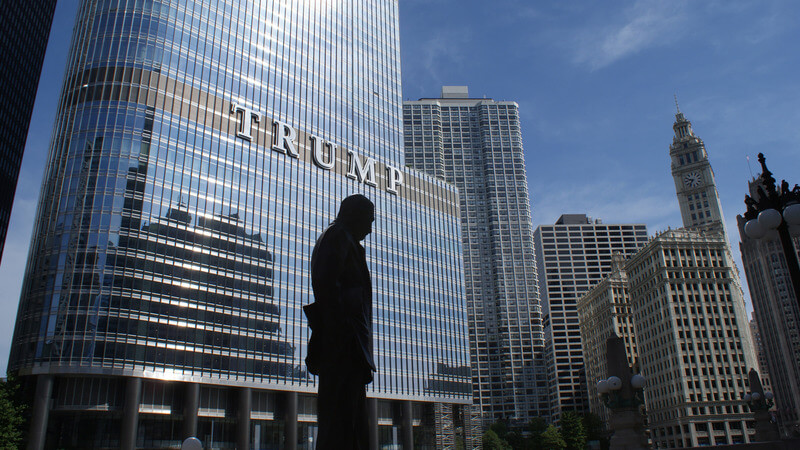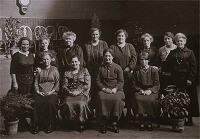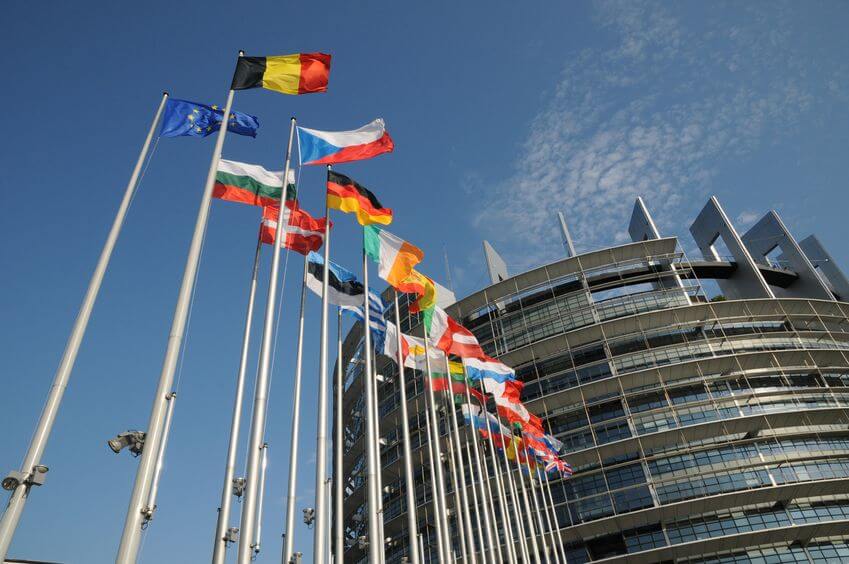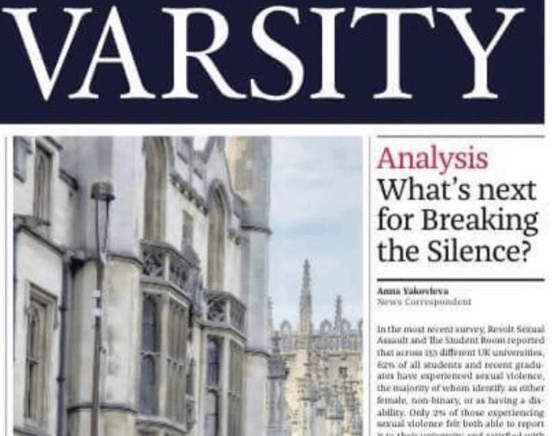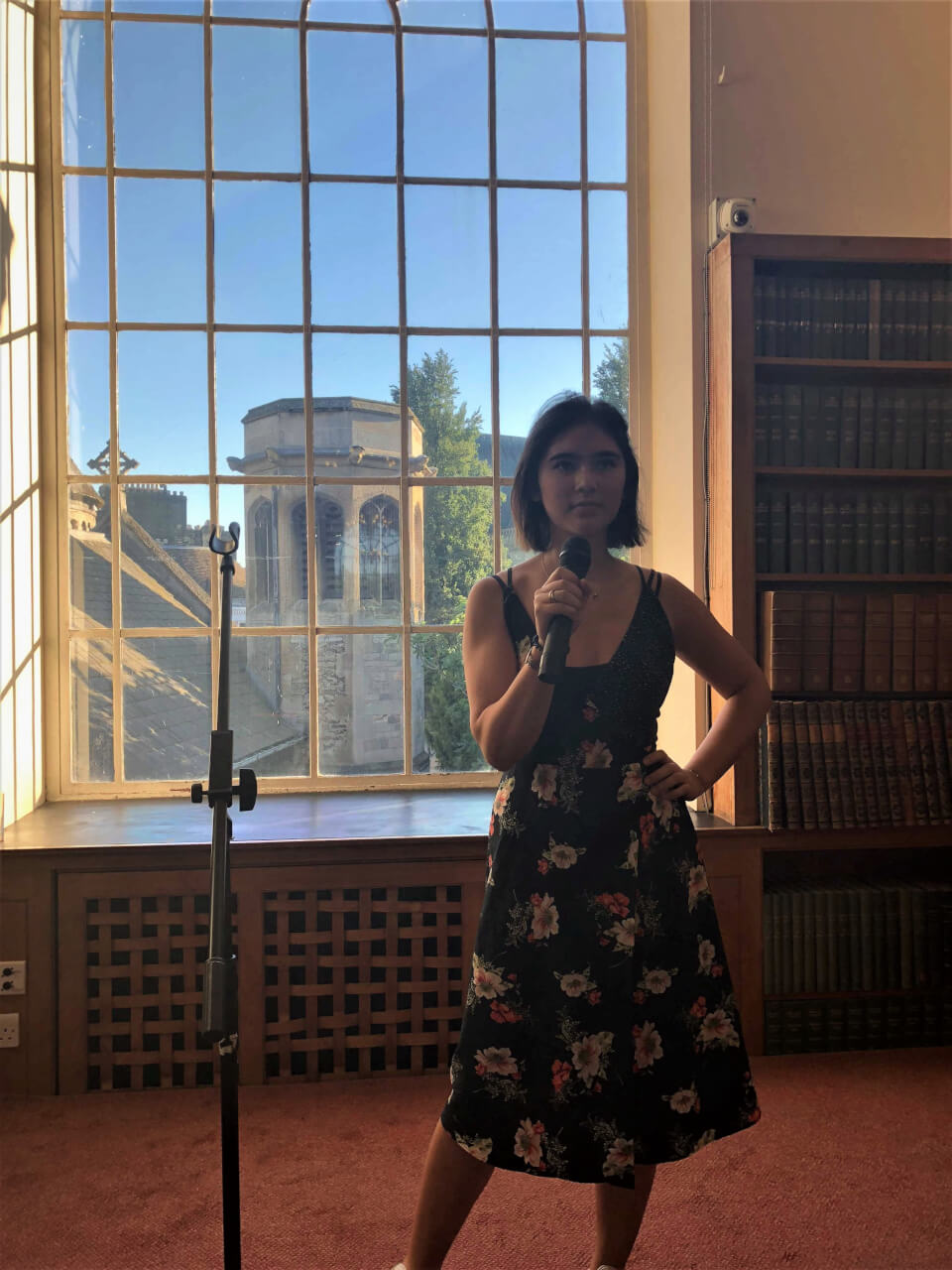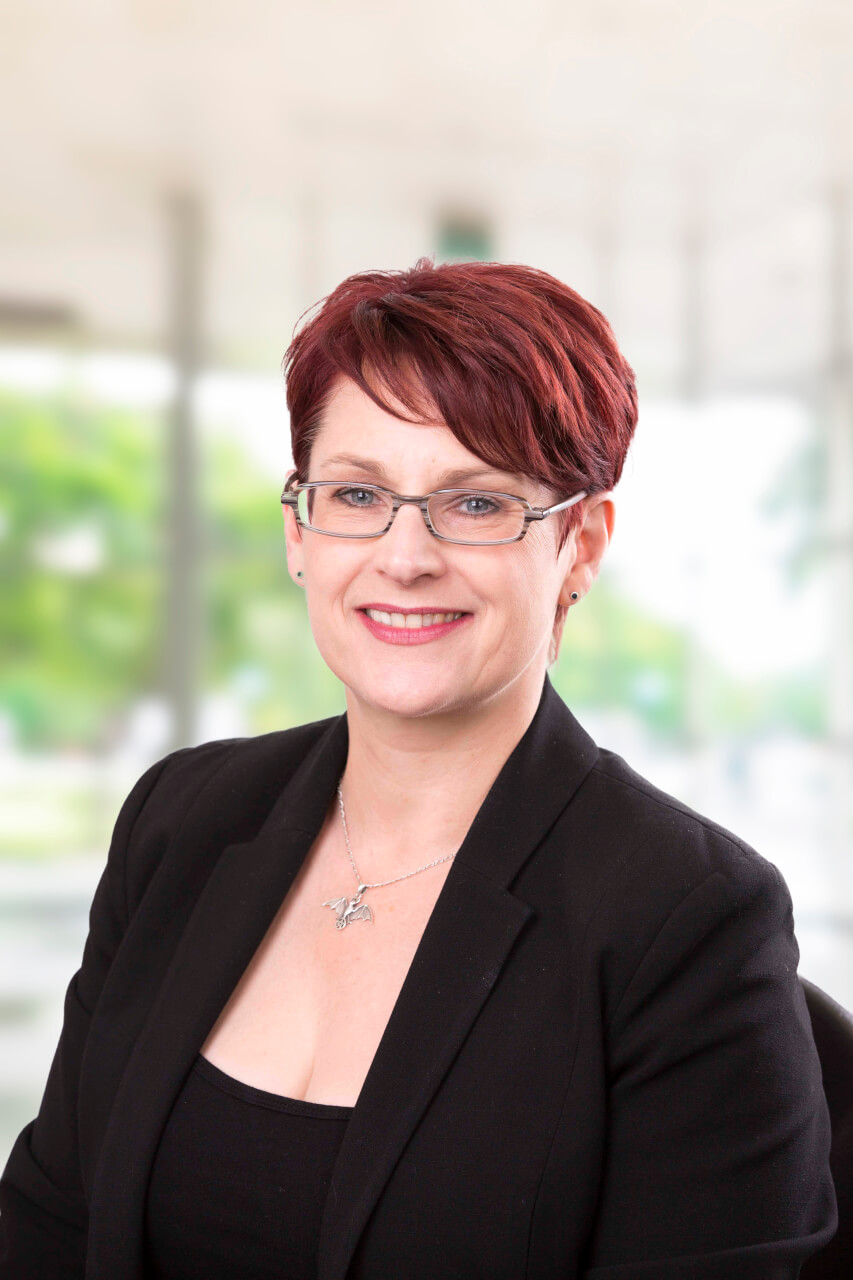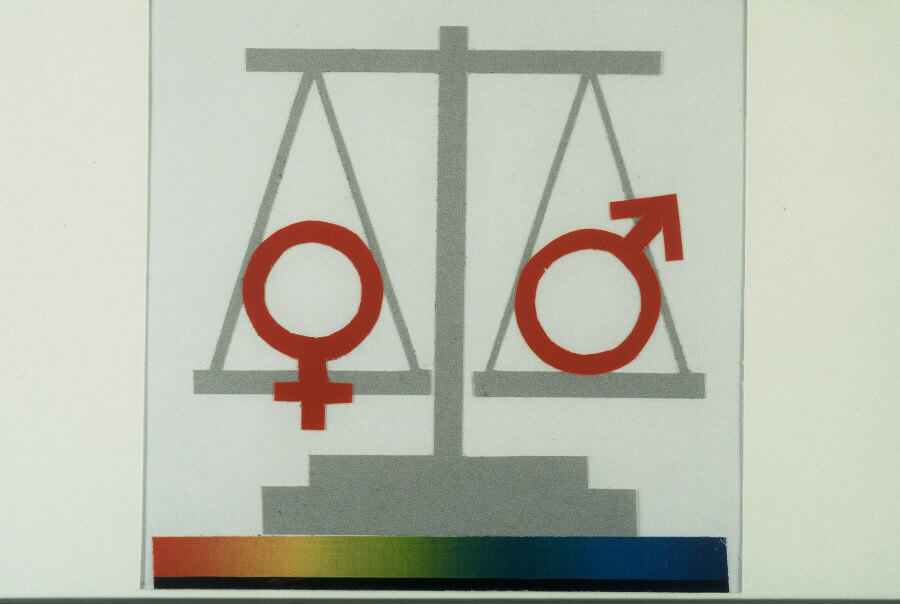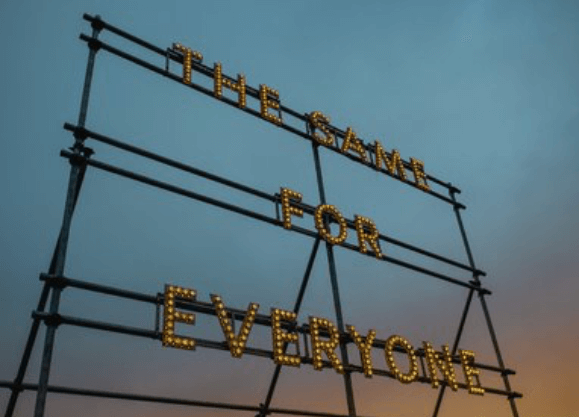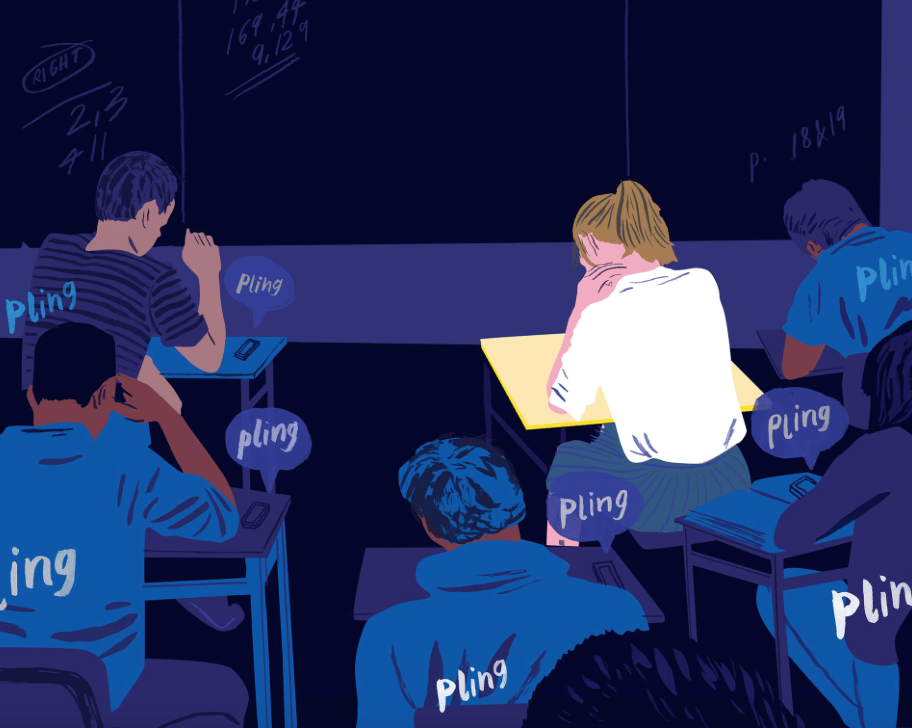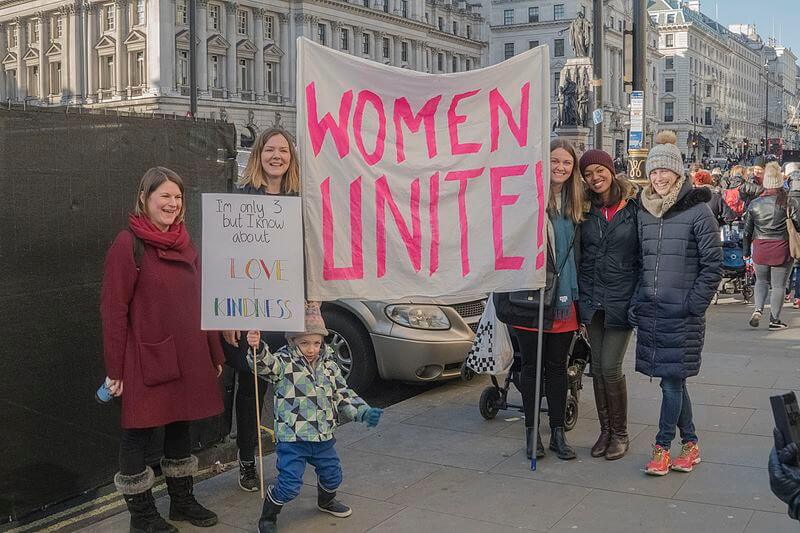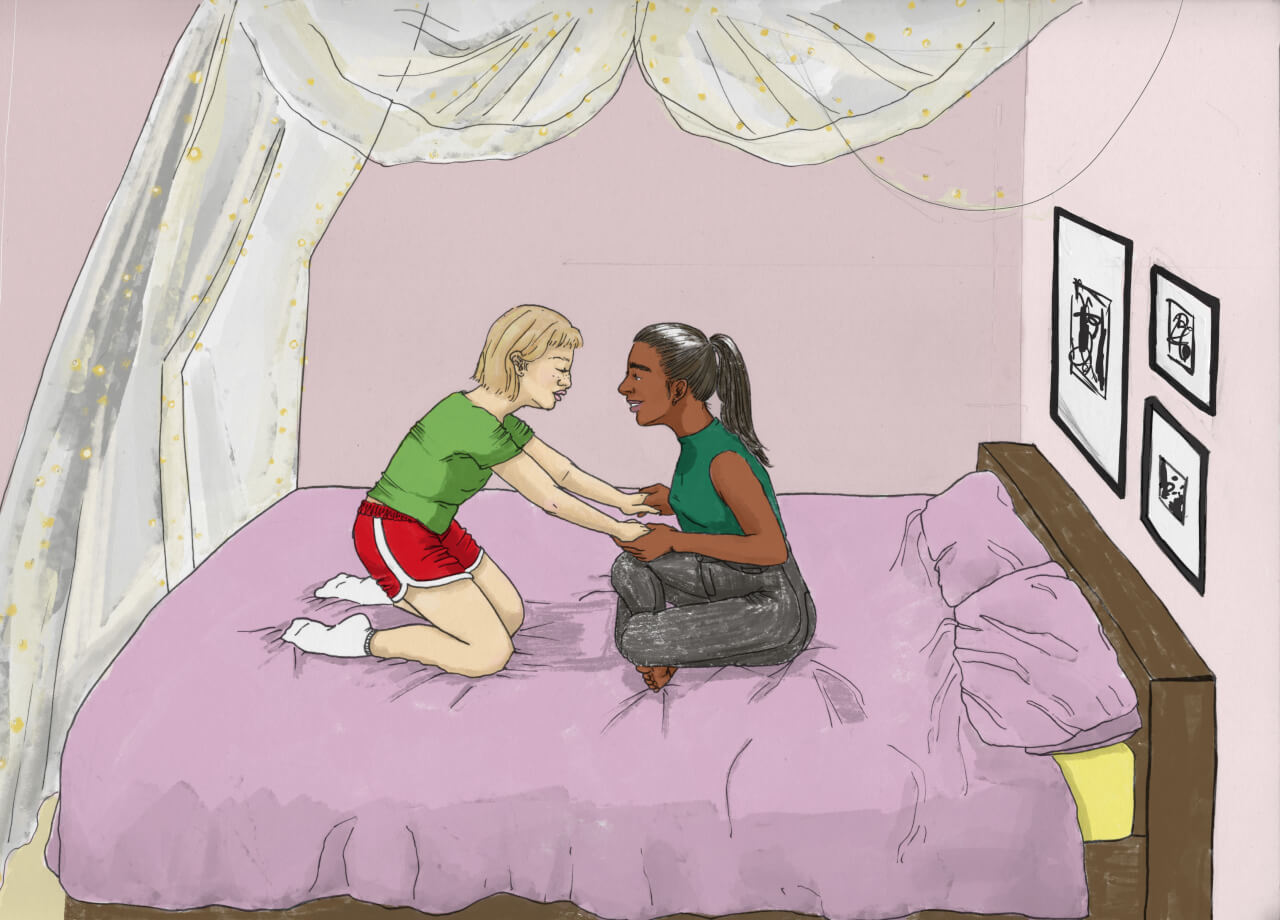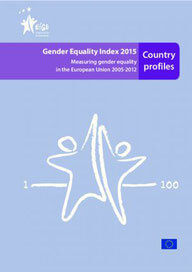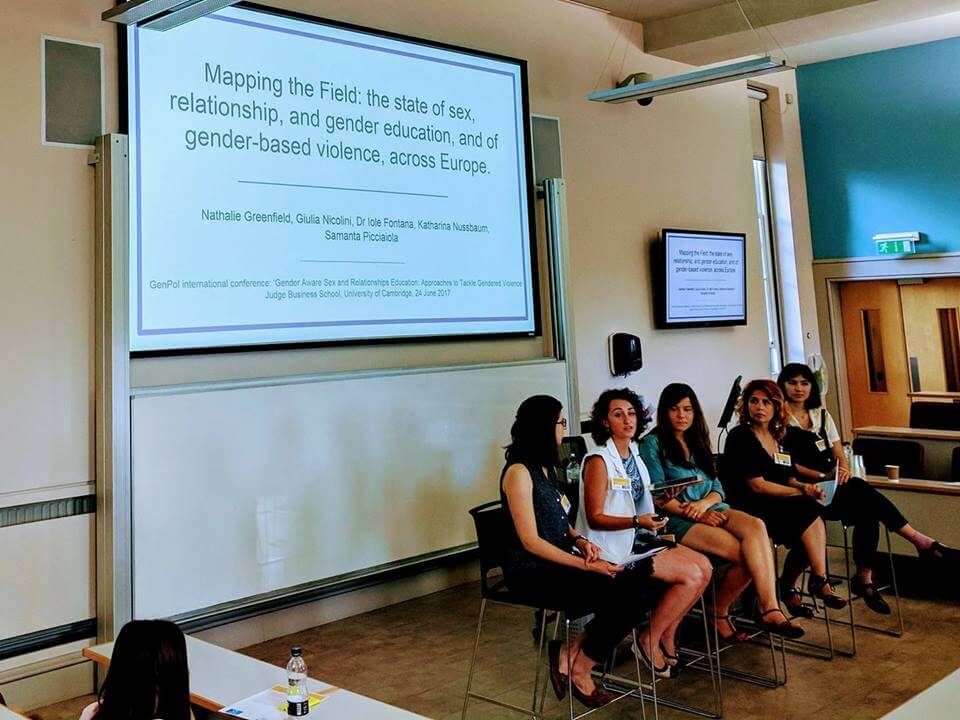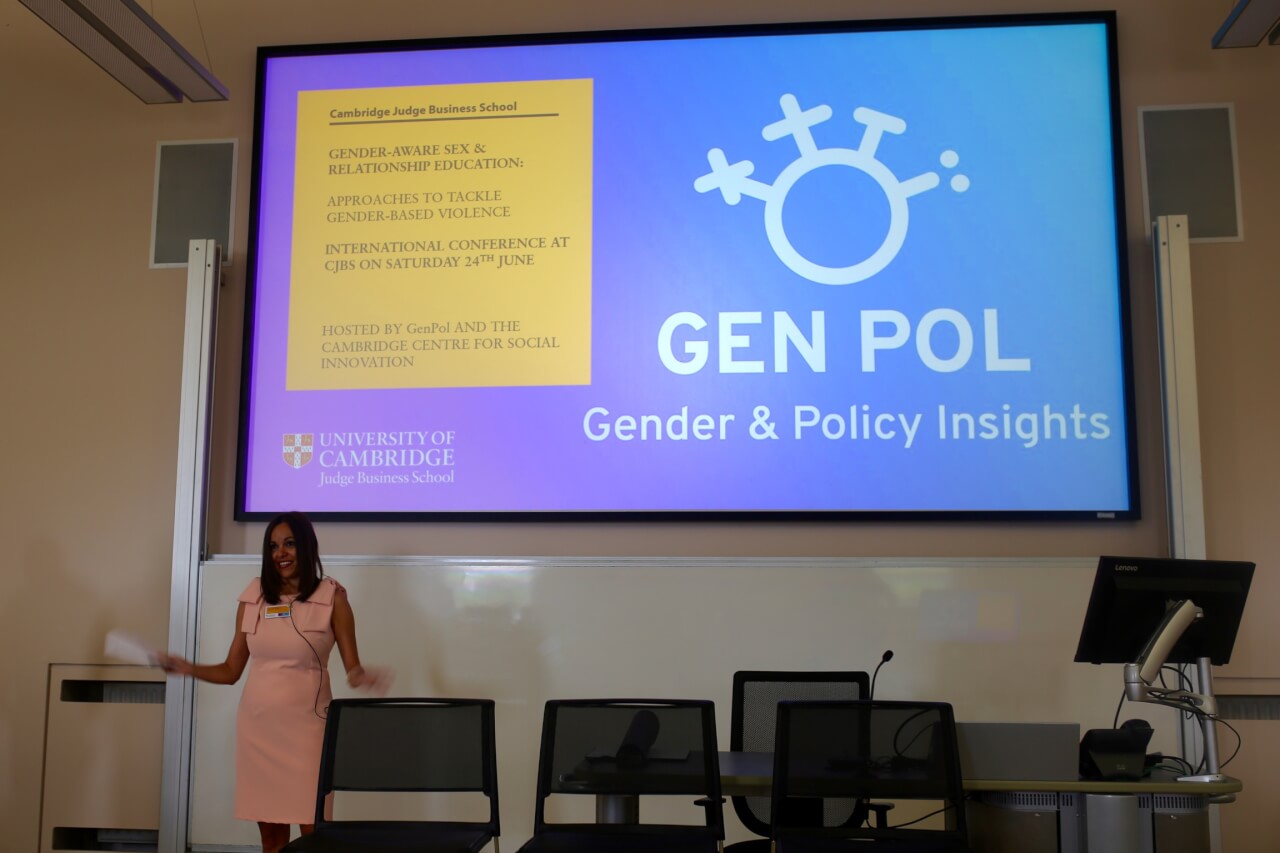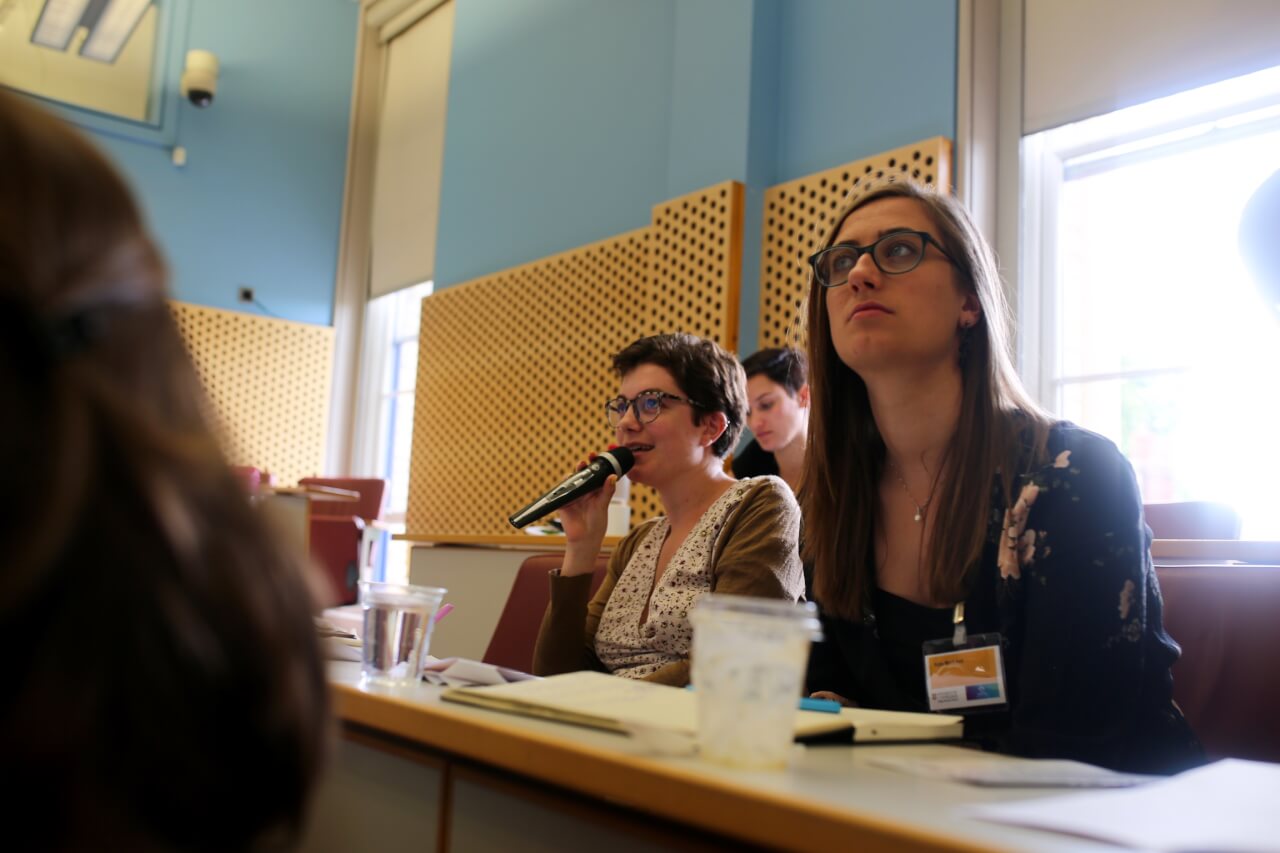
In a recent workshop on gender stereotypes in a secondary school in France, I asked the students to take sheets of paper and sketch out their playground. We labelled benches, sports equipment, football pitches – anything which determined a particular use of the space, formal or informal. Then I asked them to use ‘F’ (for fille) and ‘G’ (for garçon) to indicate where, at break times, the majority of girls and boys could usually be found[1].
Each group presented their findings at the end of the session. There were some small variations in perception – hotly debated – but the overall conclusion was unanimous. Boys dominated the space – particularly the central space, used for football, even though there was no official pitch – and the table tennis areas. Girls congregated mainly at the edge of the playground, around the benches or beyond.
This exercise was pioneered by French gender geographer Elise Maruéjouls, whose 2014 thesis – and subsequent work – showed how clearly the school playground is a gendered space. It is a powerfully simple and revelatory audit for the group. The discussion afterwards on the why depends on how much we have already been able to identify and deconstruct gender stereotypes together. For students who (like most adults) have not given much thought to whether girls and boys use public spaces differently, it can either be a struggle to answer the question, or tempting to fall back on those very stereotypes: football is for boys [when pushed: because they run faster/kick better/know the rules] and skipping and hopscotch are for girls [when pushed: because girls like that kind of thing].
But – stop press – girls don’t always, or only, play hopscotch. They are just taught that they should. As a child, I have vivid memories of playing football at school at breaktime, of various chasing and racing games. I climbed trees. I fell down and had constant scabby knees. I have always encouraged my daughter to do all and any of these things, but as a parent, I cannot help but notice that the clothes in which girls now seem to be dressed from a young age (impractical, distinctly feminine, behest with one-word slogans about beauty/kindness/sparkle) do not lend themselves to being the equal of boys in the playground (or, in fact, in life). Nor does the way in which we bring girls up to be clean, kind, polite, or self-effacing.
Maruéjouls’ work has revealed that, typically, over 70% of playground space is occupied by boys[2]. Her research in has also showed that this extends to other public recreational space – and services. For example, sporting activities organised by local councils or clubs for young people in France have a two-thirds male to one-third female ratio[3], with a sharp drop-off point observed for girls the age of eleven or twelve (the beginning of secondary school).
What could be put in place to address these issues? Practically, it’s about better planning. This is hardly (or shouldn’t be) rocket science: public service or infrastructure projects are required to conduct assessments to understand users’ habits, needs or expectations before getting started. But often these evaluations do not think past the ‘standard’ user. Anyone who is in a wheelchair (or who has helped someone else in a wheelchair) will have experienced this, trying to navigate uneven pavements or public transport; likewise, anyone with a pram, or a visual impairment.
The same is true in considering the gendered use of public spaces. For example, in the Ile de France (greater Paris) region, 55% of all public transport users are women, and this figure rises to 64% for bus journeys[4]. This is a pattern which is observed worldwide, as men are more likely to use cars than women, and women are more likely to combine different journeys for multiple connected tasks (school-runs, work, grocery shopping). It would seem obvious that women should be consulted specifically on where new public transport stops are planned, connections between services, or timetables. Obvious, but rarely automatic.
If the service or structure already exists without such a consultation, it can be adapted. In the example of playgrounds, Maruéjouls has worked with councils and schools in France to re-organize play, with equipment (ropes, balls, hoops) in the centre of what is usually the (boy-dominated) football pitch. Other schools have altered playground layouts with smaller, connecting spaces or green areas. In her bestselling book Invisible Women: Exposing Data Bias in a World Designed for Men, Caroline Criado Perez describes how local authorities in Vienna (Austria) investigated and then addressed the issues which were leading to girls to stop using parks after the age of ten: creating smaller communal spaces (instead of one large space which the girls felt they had to ‘compete’ with the boys to occupy) and more entrances (instead of a single main entry point, where the boys would congregate in an intimidating way). The absence of this kind of consideration, beyond being frustrating, is highly damaging. As Criado Perez summarises, “when planners fail to account for gender, public spaces become male spaces by default.”[5] This also perpetuates further inequality, not least because supposedly gender-neutral public budgets become male budgets by default, too.
Public spaces which encourage interaction and equal access to facilities are fundamental to building equality. But it is also important to begin tackling some of the underlying reasons for gendered uses of space which create and reinforce that inequality in the first place. The stereotypes we reproduce, repeat and reinforce from childhood onwards have an impact. They influence the sports boys and girls play, and their value (hopscotch and skipping, at the bottom of the hierarchy, are kept well to the side of most playgrounds). They influence the space that boys are encouraged to take up (physically and verbally) in ownership of the world around them. They influence the literal side-lining of girls in public spaces. And they frame how girls and young women are viewed and treated by boys – as playmates, as classmates, and later, as partners.
A final example. In the whole of France, with its penchant for street names which pay homage to great figures of the past, only 2% of roads are named after women[6]. But even that 2% of the limelight isn’t exclusive. Whenever I am walking down a road named rue Pierre et Marie Curie in France, I can’t help but wonder what else it would have taken for a Nobel prize-winning female scientist to feature alone on the sign-post, without being preceded by her husband’s name. A second Nobel prize, perhaps? Oh, wait…
Kate Hart
[1] The group of students were mixed in age (11-16) and gender. Gender identity was not specifically discussed within the group but teachers had indicated that at least one student who identified as queer. Workshops focused primarily on equality between girls and boys, but in recognition that a binary approach was part of a broader definition of gender identity/sexual preference, and that intersectionality was a key concept for understanding any issue of equality.
[2] https://www.lemonde.fr/societe/article/2018/09/16/dans-les-cours-de-recreation-les-filles-sont-invisibilisees_5355861_3224.html
[3] https://api-site.paris.fr/images/85756
[4] Étude du Syndicat des Transports d’Île de France (STIF) sur l’utilisation des transports publics, 2016, in: https://api-site.paris.fr/images/85756 (page 17).
[5] Criado Perez, C. Invisible Women: Exposing Data Bias in a World Designed for Men. Vintage (2019). Page 66.
[6] https://qucit.com/en/news/gender-inequality-in-the-public-space














